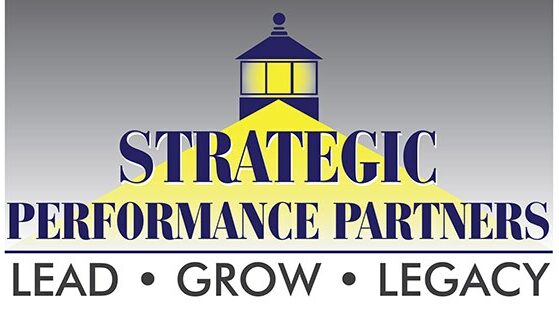Whether virtual or face-to-face meetings can be an adverse drain on your organization. Not only as a time waster but also as a culture deflator. Have you attended meetings that you thought were a waste of time? How did that make you feel about the organization and its leadership? It may be more important than you know to make meetings more productive.
“We surveyed 182 senior managers in a range of industries: 65% said meetings keep them from completing their own work. 71% said meetings are unproductive and inefficient. 64% said meetings come at the expense of deep thinking. 62% said meetings miss opportunities to bring the team closer together.” — Harvard Business Review — Stop the Meeting Madness
Understanding Parkinson’s Law can help you, and your team stay on task, save energy, and accomplish more. It will help you save time and keep meetings from being a source of negative vibes that spread throughout your culture.
So, are you familiar with Parkinson’s Law? In 1955 the British historian and author, C. Northcote Parkinson, stated that “Work expands to fill the time available for its completion.”
In the first chapter of his book Parkinson’s Law, published in 1957, he explains that adding more personnel to any organization doesn’t mean more work will be completed. Often the work is made more difficult, needs multi-channel approval, and is duplicated – all to fulfill Parkinson’s Law. One of the most misused methods of filling time is meetings. He shares factual examples of larger employee bases accomplishing less. (Side note, I’m a proud owner of the first edition paperback published by Houghton Mifflin in 1957.) Here are three ways to use Parkinson’s Law to improve your meetings.
3 Methods to Make Meetings More Productive
No Later Than
Survey after survey tells us that one of the most disliked activities in any organization is meetings. Why is that? Is it because there are too many? Could it be because the meeting lacks structure? Is it due to the meeting becoming a rambling lecture? Yes, to all the above.
I have an answer that will make a tremendous impact on your meetings. Not only on saving time but also on making your meeting more acceptable and enjoyable. If the participants view the meeting as a focused, task-accomplishing session, it is more appreciated.
Open your meeting by sharing Parkinson’s Law. Explain that there’s a start time and a “no later than” time allotted for this meeting. For example, you may have the conference room for an hour, but if you don’t need the hour, don’t “fill” in. If you finish 15 minutes early – end the meeting.
Recently I attended a meeting with a guest speaker. The speaker had 45 minutes but finished early. He asked for questions. Answered a few, and then with 10 minutes remaining, he looked at the audience and asked, “What else do you want to talk about?” The room was silent, so he repeated some of what he had shared earlier. You might think it was only 10 minutes wasted, but it wasn’t. There were more than 20 people in attendance. When totaled, that’s more than three hours wasted. Sounds obvious, doesn’t it, but how often does this happen in your organization?
Don’t Try to Talk Things Done
Set a goal at the beginning of the meeting that actionable takeaways will be decided upon, scheduled, and followed up. “How many meetings, training seminars, and planning sessions have you sat through that were inundated with great ideas, only to realize later that little was done, or nothing was really accomplished? And how many times have you conducted, led, or facilitated the same without creating a plan of action? Ideation is important, but what good are ideas without action?” — You Can’t Talk Shit Done: Adding Actions to Words
End the meeting with an action plan chosen and agreed upon by the group, and then commitments from all attendees to follow up.
Plan More Than You Can Possibly Get to
At first, this may sound counter-Parkinson’s Law, and in some cases, it could be. However, if you have enough valuable content to share in a meeting, training session, or seminar, one way to get more done is to plan more than you can get to. Let me share an example. I conduct leadership training based mainly on my two management/leadership books, The New Manager’s Workbook: A Crash Course in Effective Management and The Manager’s Guide to Becoming a Leader
I outline every meeting. I’ve done these meetings enough to have a good idea of how long they will take. But occasionally, it goes quicker than I anticipated. Expectations are the seminar will fill the time allotted. So, what can I do? I don’t want to waste time. What I do is at the end of my outline, I add “Additional or Next” that I can share. For example, if I were sharing a meeting on giving meetings, my additional could be to discuss how training compares to meetings.
Are You Ready to Make Meetings More Productive?
There are many things you can do to make meetings more productive, but an excellent place to start is applying these three points. Create a no later than time to finish the meeting and end it when the purpose of the meeting is accomplished, have additional valuable information to share if needed, and add action to your words. Please let us know how it works for you.
If you enjoyed this article, you might also like, How to Plan an Effective Meeting. Would you like to know more about Randy Clark? Check out Who is Randy Clark, and Why Are You Asking Me?

